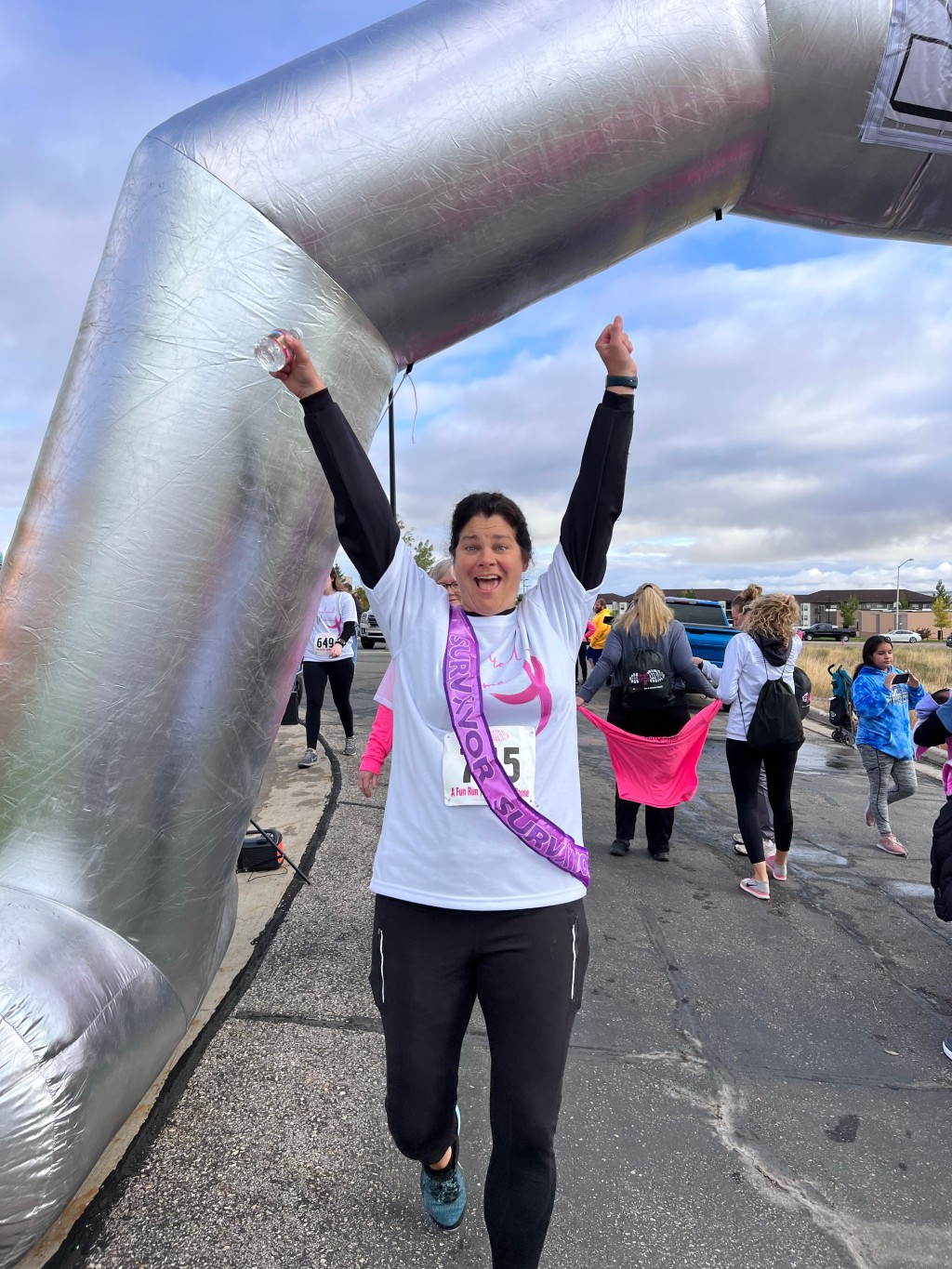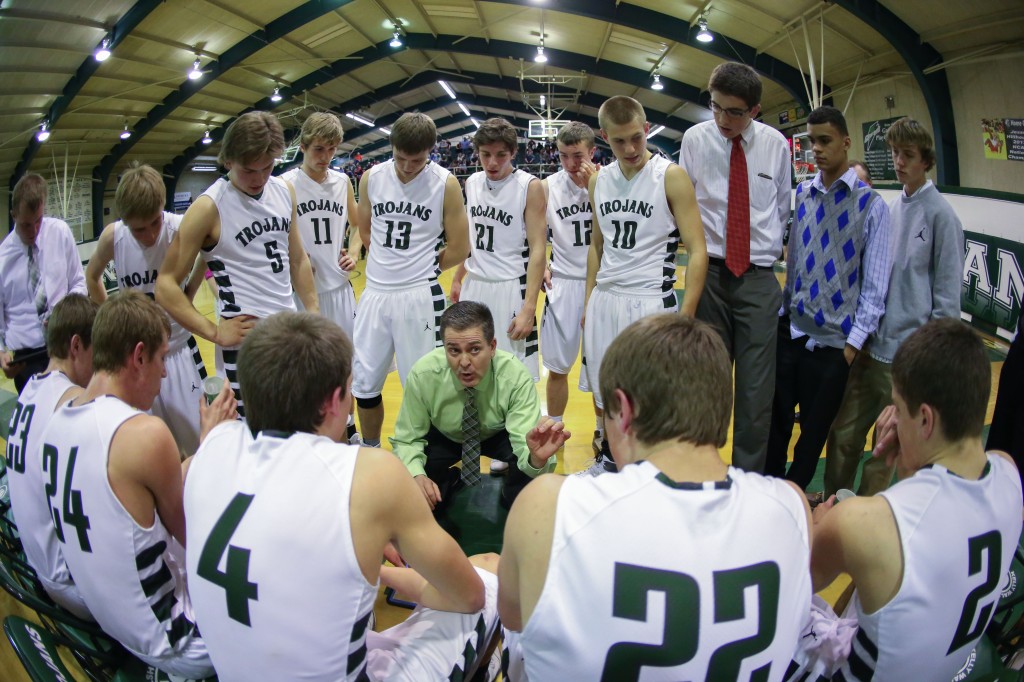Teaching is a profession that is seeing a decline in interest from college aged students. It is a profession that was once viewed as prestigious and noble without any debate. But that prestige and nobility has been stripped from teachers who are often vilified for what is wrong with the American education system. The political climate of the country has made it nearly impossible for teachers to facilitate civil discussions in classrooms when sensitive issues of race, religion, gender and sexuality come up. And they come up frequently in any given classroom.
The pay has never been great, but the rewards of getting to teach kids every day made up for some of that. Unfortunately, research shows that student behavior and the lack of accountability on their parts is a common factor driving teachers away from the profession.
Other factors driving teachers away or preventing interest from college students in the first place include a lack of autonomy, mandates from state and federal levels that do nothing to improve education, and working hours where prep time is continuously being taken during the school day resulting in teachers working more hours when they go home.
And yes, most teachers get a good chunk of their summer’s off, but it should be pointed out that they don’t get paid for those months off. The truth is that many teachers are feeling overworked. And research seems to support that. According to a study done by RAND, teachers work 53 hours a week, which is 7 more hours that the average working adult who works 46 hours.
These are formidable problems for a profession that is on the verge of a serious crisis. According to teachershortages.com there are over 55,000 teacher vacancies in the United States.
So, what can be done to attract or maintain quality teachers to the profession that seems to be tumultuous at times?
One of the best ways to keep current employees and acquire new ones is to make them feel supported. This often comes in the form of benefits since the pay is not alluring. Summers off is a benefit, medical insurance coverage is a benefit, retirement is a benefit and paid time off is a benefit.
The benefits are really nice to have, but they are not always perfect. And regardless of the intentions, the support teachers need isn’t always there. One such area in Natrona County School District is the leave practices or PTO provided to employees.
This year NCSD implemented new leave practices that are not going over well with employees.

Certified employees earn 12 PTO days per school year which is more than fair and even above the national average of PTO days given which is 10 per year according to the U.S. Bureau of Labor Statistics.
But what plan is in place for employees when catastrophic health problems or unpredictable circumstances arise, and an employee needs more time than they have accrued in their PTO bank?
In the past, NCSD had something called a sick bank. They would take 50 days of sick leave that retirees had accrued and deposit them in a sick bank. Retirees would then get paid for whatever was left of their unused sick time. The 50 days that were taken and deposited in a sick bank were then intended to be used by employees who come into serious health problems like being diagnosed with cancer. Employees would still have to use all of their own earned sick time, but the sick bank was there to fall back on if employees ran out of days.
Dawn Burns is a special education teacher at Kelly Walsh High School in Casper, Wyoming and has been working in NCSD for 30 years. In September of 2021, a series of health problems began for her.
“I was having some severe pain and so talked to my doctor, had some genetic tests done, found out that I have the CHEK2 mutation for breast cancer and ovarian cancer so we did some X-rays, did some different imaging and found out that I had a tumor in my uterus,” said Burns.
Burns had to get a complete hysterectomy to get rid of the cancer. She missed 6 weeks of work for her procedure and recovery.
“At that point I mean, I’ve been in the district for quite some time so I had enough time. I just used my sick leave,” said Burns
The accrued sick time was enough to cover Burns through her battle with cancer the first time.
Burns’ mother had passed away from breast cancer and Burns had the CHEK2 mutation for breast cancer so her doctors went ahead and ordered a mammogram and MRI and it was discovered that Burns had breast cancer. She had only been back at work for one month and was going to have to take more time to get treated for breast cancer.
“So I had to kind of make a decision, my doctor was like, ‘you can’t wait’ I was kind of like, OK I’ve got to see what, it was sad to say, but I had to see how much time I had left for leave,” said Burns. She added, “I was going to wait till summer and my doctor said ‘no you’re not waiting till summer you have breast cancer you need to have this out now.’”
Burns missed time for treatment which included a full mastectomy. This second round with cancer completely depleted her sick time. She had no PTO time left. But the sick bank was there to cover her. Burns had the support she needed to get through the fight for her life.
Burns, like many women, chose to get breast plants after the mastectomy. But she was hoping she could put that off until summer so she wouldn’t have to miss any more time.
“I chose to do the breast implants and I said, ‘OK let’s do this in the summer.’ Well, it doesn’t work that way, because when doctors say this is when you need to do it this is when you need to do it,” said Burns, and added, “Word was getting out that they’re taking away sick bank. And I was like, ‘oh great I’ve been an employee of this district for 30 years and I’m going to get paid nothing for being out’ so I had that surgery in October.”
When all was said and done, Burns missed a total of 16 weeks to treat cancer and all of the consequences that came with her cancer. Again, the sick bank gave Burns the support she desperately needed and alleviated the stress of not getting paid while she was out. The timing of her battles with cancer were fortunate because the sick bank was there.
Burns is now cancer free, but everything she had in her accrued PTO is gone. She literally cannot afford to get sick again. Not to mention the fact that she wouldn’t be able to stay home in the event of sick family members either.
The sick bank policy that NCSD had was replaced by something called donated PTO. Employees now have to rely on the kindness of colleagues if they need extended sick time. Not only does the new policy put the employees in desperate need of sick time at a serious disadvantage, it forces other employees to donate their earned sick time. On one hand, people will always come forward with their willingness to help. On the other hand, what if cancer comes knocking on their door one day? They will need those days for themselves. It isn’t fair to ask employees to give up their earned time, not knowing what the future will bring.
Critics might say, what about the Family Medical Leave Act? Why not just apply for that?
The Family and Medical Leave Act was adopted in 1993 and according to the U.S. Department of Labor, “The Family and Medical Leave Act (FMLA) provides eligible employees up to 12 workweeks of unpaid leave a year, and requires group health benefits to be maintained during the leave as if employees continued to work instead of taking leave.”
FMLA was basically established to make sure people didn’t lose their jobs entirely in the event of serious health issues or other factors. On one hand, FMLA is great because it secures jobs for people. But on the other hand, employees are not getting paid time off. What are they to do for income?
Can they file for unemployment?
Nope. According to Justia, a legal advice website, “You are not entitled to unemployment benefits while on FMLA. The reason being, that you are not unemployed – you are still attached with your employer.”
And the benefit of FMLA isn’t guaranteed to everyone employed by organizations covered by FMLA.
Maddie Peasley is in her third year of teaching, but only her first year in Natrona County School District. She is 24-years-old and has her entire career ahead of her.
At the beginning of the 2023-24 school year Peasley was not feeling well. She had no energy, she couldn’t keep food down, she had lost 30 pounds on an already small frame.
“I went into two Urgent Cares. The first one said you’re probably pregnant, so I peed in a cup, they forced me to pay $200, and it’s not pregnancy,” said Peasley, and added, “I was like you know what, I’m still not feeling well, I’m gonna go back and they said ‘Oh you’re just constipated and nauseous here’s some Zofran.”
What Peasley didn’t know at the time was that her body was in diabetic ketoacidosis, and that she had type 1 diabetes. Zofran is a drug that treats nausea and vomiting, but it also makes things worse for diabetics.
October rolls around and Peasley decides she is going to go ahead and go on a planned trip to Las Vegas with her girlfriends for a concert.
“So I went to Vegas, I was like ‘I’m going to be strong I want to go see my friends, I want to go see this concert.’ So I went to Vegas, the day after the concert, I couldn’t get out of bed anymore. I mean I was so physically weak, like I just couldn’t do it,” said Peasley.
Peasley’s friends take her to the hospital where she is admitted and finally correctly diagnosed with type 1 diabetes and diabetic ketoacidosis.
“I was in the ICU till Friday. I mean, I was so, I was nearly dead and like I don’t mean that dramatically, like I nearly died.”
So Peasley contacted her evaluator at the school to let her know she was in the ICU in Vegas while her husband flew down to be with her. Peasley had to ask her husband to bring her laptop because she was going to need to put lesson plans together for her sub.
“I told my husband that I’ll write my sub plans. I’ll get assignments posted from the ICU. That was my first thought, was I got to get my sub plans posted.”
Not many professions require you to still do work when you are on sick leave. But it is a reality in teaching. It is almost easier to just go to work and be miserable than to prepare plans for a sub. But in Peasley’s case, that was just not possible.
Peasley stayed in the ICU in Las Vegas for nearly a week before she was allowed to go home. And when she returned home, her life had radically changed. She now was required to see a doctor every three months. She needed to see a diabetic educator to teacher her about how to use her insulin pump and how she would have to adjust her eating habits. These appointments meant more time off. But because Peasley had technically only been employed for two months when she fell ill, she only had two days of sick leave.
With the new leave practices in the district, Peasley had to rely on donated PTO from her colleagues.
“I applied for FMLA because that’s what they told me to do. And then they rejected me because I haven’t worked here for a full year. They can offer it only if you’ve worked here a year. So, I did all the paperwork did the wrap around and they rejected me,” and she added, “An anonymous donor covered me for those days, but then I had no extras for doctor’s appointments.”
New teachers in the district have to build up their PTO over time, which is normally not a problem unless they are faced with a situation like Peasley’s.
“I have an appointment in May, but I had to schedule in May because I don’t have any sick leave right now, so I have to wait till May, till I get that new sick day,” said Peasley.
The only other options available to Peasley are donated PTO, or taking a sub dock day, where the teacher loses a day of pay on their next paycheck.
The district would argue that Peasley and Burns just need to purchase short term disability insurance. According to their leave policy found on the NCSD website, “NCSD has designed a simple, comprehensive, and coherent leave system that maintains a healthy workforce while encouraging the least amount of absences during the year.”
So, how much does short term disability insurance cost? According to one insurance company, “You should expect to pay between 1% and 3% of your income for short-term disability insurance. You’ll receive up to 60% of your monthly income in coverage.”
Jamie Tipps is a Language Arts teacher at Kelly Walsh High School and a member of the Natrona County Education Association. When word got out that the district was getting rid of the sick bank, Tipps wrote a letter to the district addressing her concerns.
“In addition to losing sick bank access, teachers will essentially be taking a pay cut. Additionally, many short-term policies delay benefits, pay. partial wages– usually only up to 60%– for missed work, limit the conditions that are covered, and can exclude pre-existing conditions,” wrote Tipps.
Melissa Hilt is the Vice President of NCEA and has been serving in this role for 4 years. She brought these new changes of leave practices to the attention of NCEA members months before the new policies went into action. The question on members minds, was why would they want to get rid of the sick bank?
According to Hilt, the district told her, “Individuals were abusing the sick bank year after year. They would use all of their sick days and then schedule elective procedures requiring them to miss school and dip into the sick bank. Individuals were also calling in sick for trips and then something would happen where they needed sick days.”
All employees are suffering the consequences for the actions of a few.
The way NCSD looks at it, they were the only district in the state that offered an unlimited sick bank so they had every right to eliminate it.
“Obviously, we were not thrilled with the changes…We are still working to come up with some way to help young moms with maternity leave,” said Hilt, and added “Other districts in our state have similar or more restrictive leave policies.”
Comparatively, NCSD employees have it good. But the district is still taking 50 days of sick leave from retirees and paying them $7.86 per hour of leave time they have after that. The $7.86 is generous compared to other districts in the state according to district payroll employee Shelly Coventry.
But what does the district do with those 50 days now? That question has not been answered. Human Resources for Natrona County School District was contacted to answer that question and did not respond by deadline for this story.
Different states have different laws on PTO payout. According to ptogenius.com “Wyoming requires PTO payout for vacation time and sick leave unless an employer’s written and acknowledged policy provides for forfeiture.”
The Natrona County School District Certified Professional Employment Document does state that employees will be paid for their PTO accrued above 50 days.
According to the document, “Certified professionals shall accrue twelve (12) days of PTO per year with unlimited accumulation. Certified professionals shall be reimbursed at $55 per FTE day for all days they have accumulated above fifty (50) when they retire or leave the district.”
But there is no explanation in the document for why 50 days are taken.
So what can be done for employees like Burns and Peasley when more leave time is needed? It is a problem that teachers are hoping will be addressed.
“I just feel for the people coming down the line. I don’t know what they’re going to do. I mean I am fortunate enough to be at the end of my career, but as a first-year teacher or even those 10 years in, I feel for them. I really hope our district can do something to protect their people,” said Burns.
If school districts across the country want to stop the decline in interest from college students going into education, the benefits must make it worth the poor pay. According to Indeed.com, education majors can expect the 4th lowest paying job that requires a four year degree. Great benefits won’t necessarily be the main draw, but they couldn’t hurt.
A lot of teachers get in and stay in education solely for the kids. Which makes teachers even more worthy of having the support they need when they need it.
“You talk about teacher retention and how you’re struggling to find teachers to fill roles. Like, you gotta address these problems first,” said Peasley.








Leave a comment